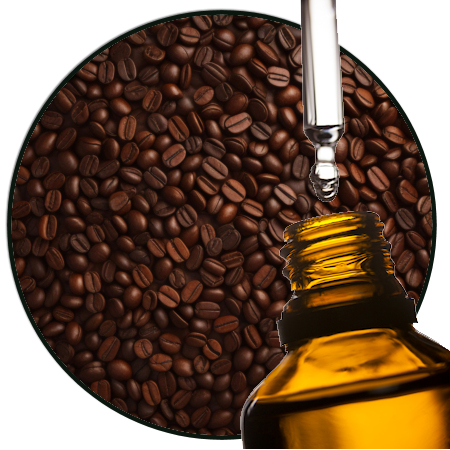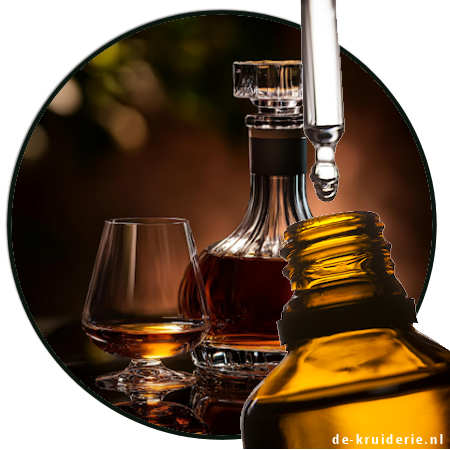Filbert Pyrazine goes well with the following fragrance groups:
it blends well with ingredients that complement its nutty, roasted, and earthy aroma. It works particularly well in gourmand fragrances, where it enhances warm, edible-like notes such as chocolate, coffee, hazelnut, and caramel.
It can also be paired with woody or musky accords to create depth and complexity, or with ozonic and green notes to evoke a fresh, earthy atmosphere, like the scent of a forest after rain.
This compound is commonly used in gourmand perfumes, which focus on edible and sweet notes, as well as in oriental fragrances, where it adds richness and warmth.
It can also appear in niche or artisanal perfumes that aim to replicate unique, natural environments or create innovative scent profiles.
Use of Filbertpyrazine in perfumes:
To use 2-Ethyl-3-methylpyrazine in a perfume, you need to carefully balance its concentration and blend it with complementary ingredients. Here are some steps and tips:
- Dilution: This compound is potent, so it’s typically diluted to very low concentrations (e.g., 0.1% or even 0.01%) before being added to a fragrance blend. This ensures it doesn’t overpower other notes.
- Blending: Pair it with ingredients that enhance its nutty, roasted, and earthy aroma. For example:
- Gourmand notes: Chocolate, coffee, caramel, or hazelnut.
- Woody or musky accords: Cedarwood, sandalwood, or musk.
- Fresh and green notes: Ozonic or herbal elements to create a balanced profile.
- Testing: Experiment with small batches to find the right balance. Start with a minimal amount of 2-Ethyl-3-methylpyrazine and adjust based on the desired intensity.
- Perfume Type: This compound is commonly used in gourmand and oriental fragrances, but it can also add depth to niche or artisanal perfumes.
- Stability: Ensure the compound is stable in your chosen base (e.g., alcohol or oil) and doesn’t react negatively with other ingredients.













